Projectors have stepped firmly out of the movie theatre, and even home devices can easily move between rooms these days. The rise of compact, semi-portable big-screen experiences means that versatile 1080p projectors with easily stored designs are everywhere these days, and Epson is doubling down. The Epson EF-22 doesn’t look too unique at first glance, but its impressively easy setup system, best-in-class brightness, and excellent picture quality means it easily stands out against the rest of the market.
While that $999.99 / £999.99 MSRP stands in the way of true mainstream domination, the mini projector confidently delivers inline with its slightly higher cost. You’re not getting the 4K resolution or in-depth image correction systems that you’ll find in the best gaming projectors on the market, but for those prioritizing flexibility without sacrificing image quality, this is a fantastic piece of kit.
|
Price |
$999.99 / £999.99 |
|
Brightness |
1,000 lumen |
|
Resolution |
1920 x 1080 |
|
Light source |
3LCD laser |
|
Throw ratio |
1.00 – 1.82:1 |
|
HDR |
HDR10 |
|
Image size |
30 – 150-inches |
|
Audio |
2x 5W |
|
Ports |
USB-A 2.0, USB Mini-B 2.0, HDMI, 3.5mm audio |
|
Dimensions |
236 x 191 x 193 mm |
|
Weight |
3kg |
Design
I’m a big fan of not just the aesthetic but the functional design of the Epson EF-22. I’ve been testing it alongside the XGIMI Elfin Flip, which carries the same versatility principles at a much lower price. If you’re looking for a super easy setup, however, the EF-22 is where it’s at.
I’ll get into actual image setup settings in the next section, but this projector is built to be a plug-and-play device. That much is obvious even from the physical design. The actual projector unit sits mounted to a swivel stand with a full range of super smooth movement, but it’s also fixed in a sturdy, while still easily maneuverable tilt hinge. That means you have full control of where your image is placed and how high it spans, without moving the base at all. I’ve been swapping viewing locations regularly, sometimes watching movies and TV shows in a larger living area and sometimes playing games in a smaller bedroom. Once the Epson EF-22 is set on a table, it doesn’t need to be shifted – and that’s a lifesaver when you’re constantly changing positions.
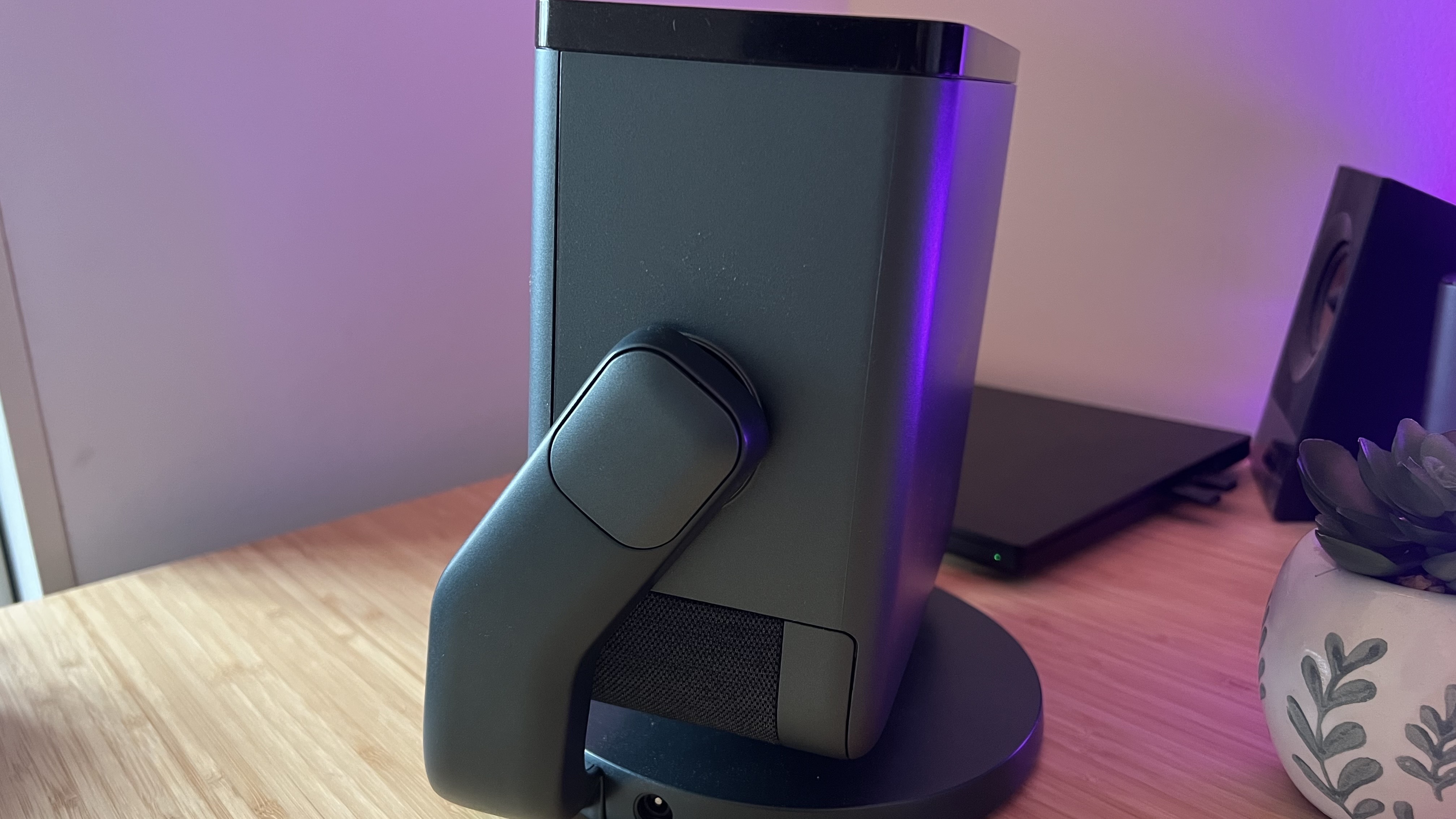
The actual unit feels incredibly well-made as well. Projectors in this compact category often come with a lower price tag, but that means they often feel cheaper. This is a cold metallic chassis with no creaks, flexing, or rattling – even the pivot hinge holds incredibly well with no drooping or stiffness to its adjustments.
At the time of writing, the EF-22 is available in either a black or dark navy colorway, I received the latter for testing and I’m a fan. There’s a shine to this slightly speckled surface that I don’t think would pay off as much in the black model, giving it a sense of luxury that moves even beyond its $999 price tag. The front panel keeps things shiny with a gloss finish around the main lens and sensors, with a simple Epson logo in the bottom left corner.
The rear houses your ports, as well as a fabric-covered speaker system. The placement of this audio is a little tricky to reconcile with the portable nature of the device. I usually place my projector behind me when gaming, so that it can connect with the devices on my desk. Because audio fires out to the back, I missed out on some of the power of this sound in this position, appreciating it much more when sitting downstairs with the device on a coffee table.
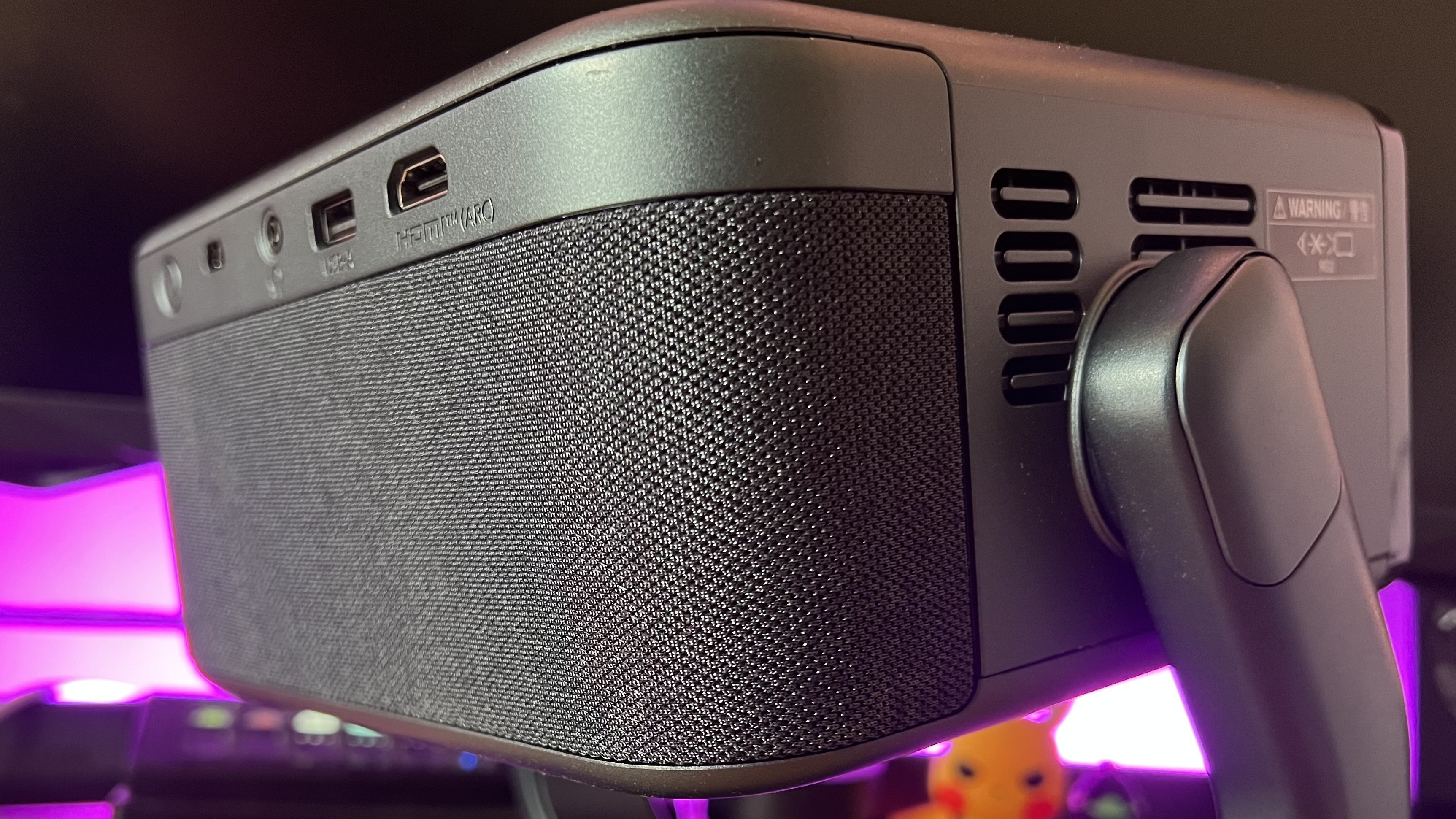
At 3kg, the Epson EF-22 is light enough to be easily carried from room to room but heavy enough to feel fixed in position when set down. It’s considerably heavier than the 2.5kg Yaber T2 Plus, though, and doesn’t feature the same carrying handle design. It is, however, slightly more compact than my go-to mini projector, the BenQ X300G, despite weighing the same overall. The more minimalist design also helps separate the Epson EF-22 from the BenQ. Rather than a loud, boxy, white chassis, this is a slick, soft aesthetic that can blend into the background much easier. It isn’t quite so imposing on my desk or a nearby shelf, but as we’ll see from the features on offer that’s largely because it’s made for different things.
Features
The Epson EF-22 outputs at a 1920 x 1080 resolution, and it’s about as expensive as you’ll want to go for this FHD picture in 2025. The best 4K projectors are certainly far more expensive than $999, sometimes by a factor of 10 or more. There are mainstream UHD throwers that use upscaling techniques to keep a slick 4K output but satisfy a more mid-range price point that can sometimes infringe on these more premium 1080p devices. The BenQ X300G is regularly available for around $1,299 (despite its $1,799 price tag), and the XGIMI Horizon Ultra is at $1,499 far more often than it is the full $1,699. The Epson EF-22 is just knocking on the door of these 4K devices at launch, though it itself can sometimes be found for around $200 less.
Once again, though, we come back to that versatility as a clear win for Epson. The setup process is incredibly easy – plug it in, spin it around, let it work its magic and you’re good to go. Automatic keystone and focus settings mean you can be up and running in just a few seconds, and unlike other devices they didn’t impact the overall picture too much in my testing. Yes, there’s a bit of edge distortion when the lens is at a particularly difficult angle – but functionally it’s a dream.
That extends to the software itself. Unlike the Yaber T2 Plus or BenQ’s projectors, you won’t need to rely on a separate streaming stick for your movies and shows. Google TV is built straight into the device and mapped beautifully across the remote. There’s no need to feed extra power to an additional dongle, or swap out HDMI ports when you want to game (something that I find particularly irksome on cheaper models), just connect the WiFi and you can start streaming. All the usual apps are supported, despite Netflix giving other brands some trouble, though there are some exceptions in the UK – I couldn’t find a working BBC iPlayer option.
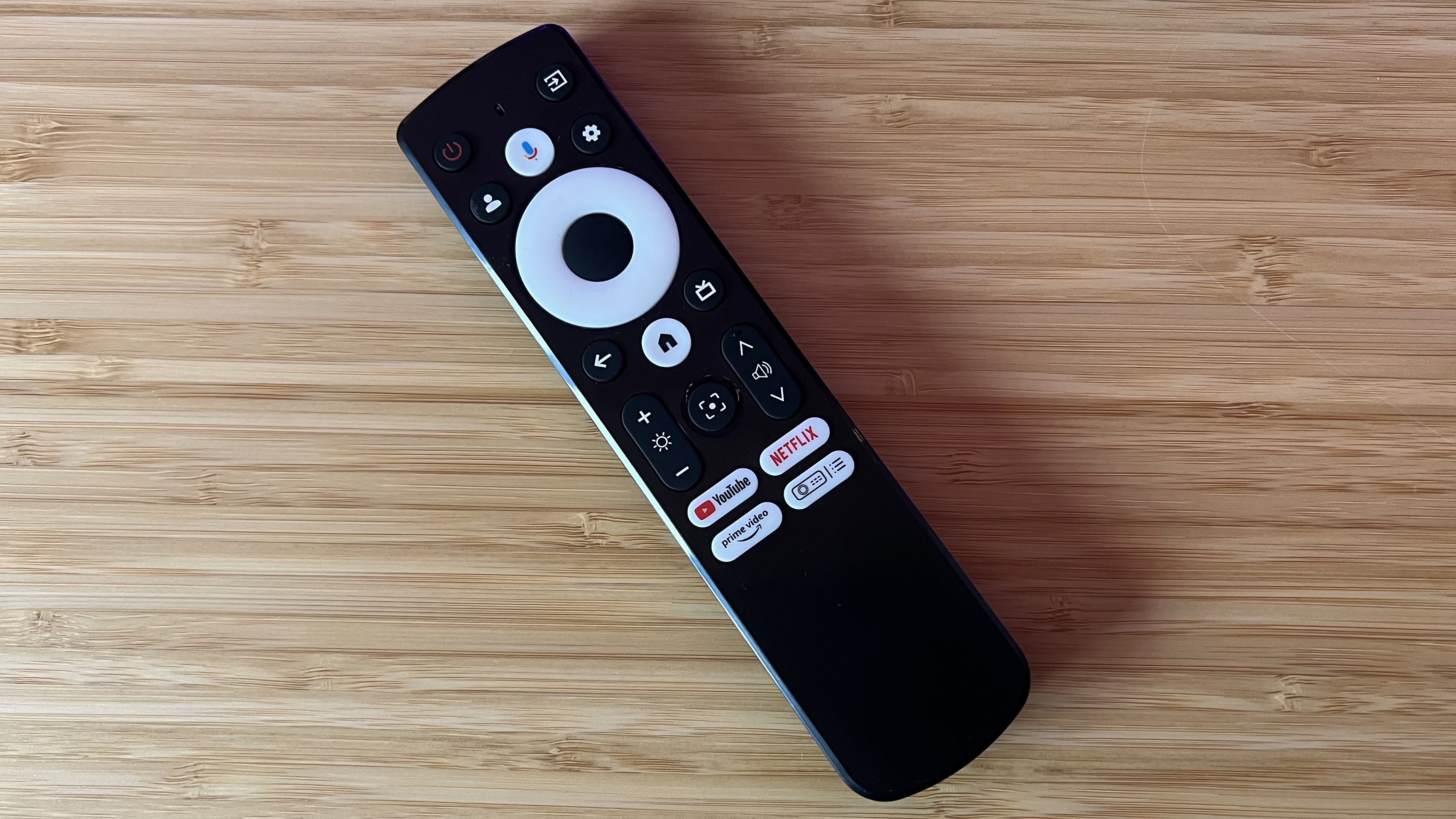
Delivering that picture is a 3LCD laser setup, a cheaper alternative to bulbs but one that can still produce nice vivid coloring. Brightness is rated at a whopping 1,000 lumens – a major flex where most compact projectors struggle to reach over 700. The Yaber T2 Plus caps out at 450, and the XGIMI Elfin Flip (the next device on my test bench) can only handle 400. These are both significantly cheaper than the Epson at MSRP, though the boost in brightness serves both ambient viewing experiences and HDR content well. If you want to spend a little more, the BenQ X300G can rev up to 2,000 lumens – but I did still find some ambient lighting difficulties with darker areas of its picture.
That brightness is employed across HDR 10 compatibility and makes the EF-22’s contrast ratio pop even further. Epson claims a 5,000,000:1 ratio – a ludicrous figure that would beat the Sony Bravia Projector 8 at a whopping $15,999. For reference, most projectors tend to hit at 3,000:1 at their peak so I’m not convinced by this particular section of the Epson EF-22’s spec list.
Screen sizes vary from 30 to 150-inches, which is a good range when most mainstream-friendly projectors are often limited by a 120-inch maximum. It means you can stretch this picture to a full home movie theatre size, though I did notice some compromises in edge-focus when I managed to find a space big enough to house that throw. The sweet spot for me was around 90-inches, but optimal picture quality held up to around 125-inches.
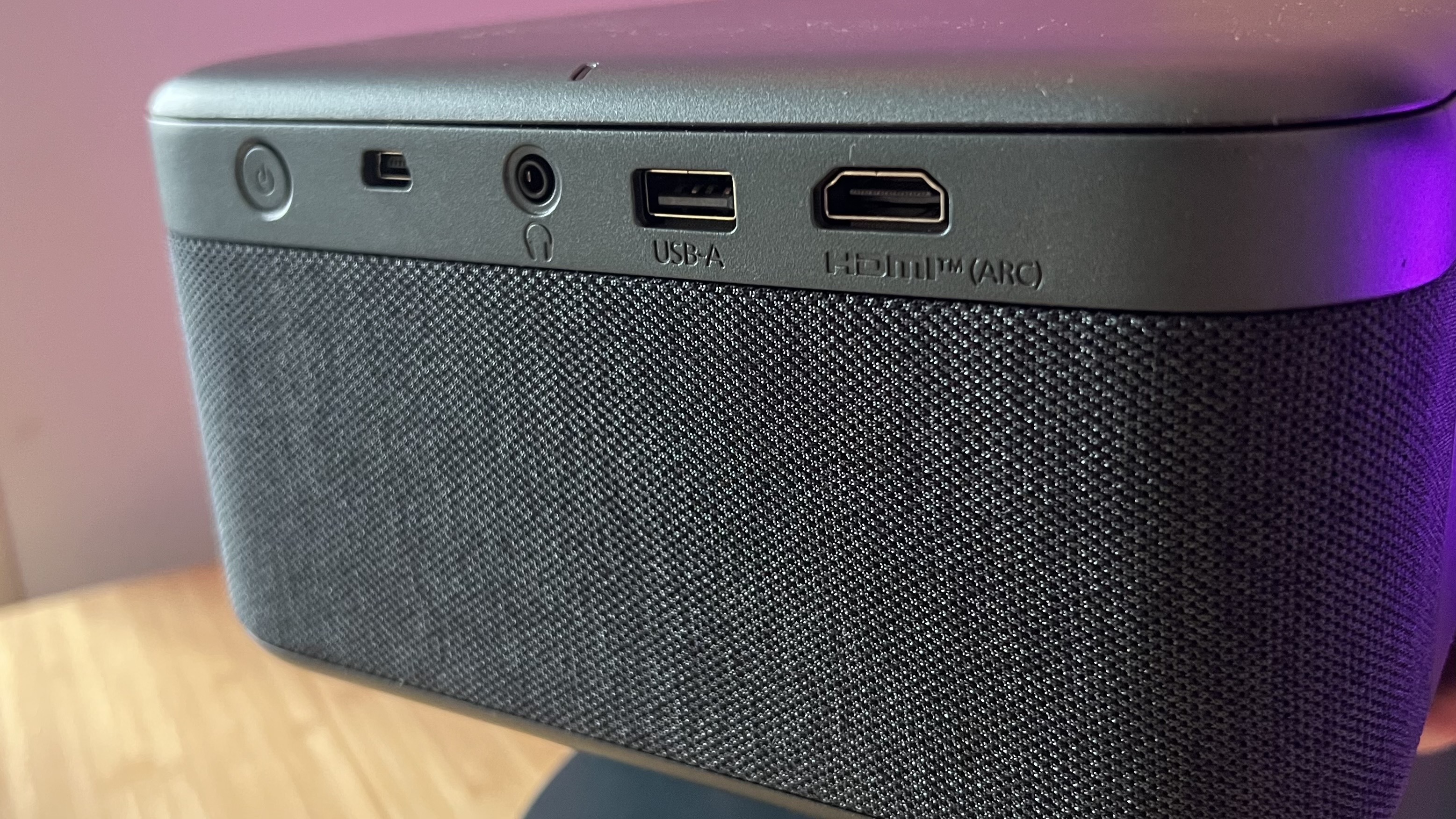
I’m not mad about the single HDMI port here, Google TV is built in and it’s not a dedicated gaming projector so the single connection isn’t going to give too many viewers and players a headache. There’s also a USB-A for additional media, as well as eARC support for soundbars. A sturdy Bluetooth connection is available for casting, and everything ran nicely from Android devices.
The rear-housed audio system is made up of two 5W stereo speakers, which provide enough volume to fill a room (if placed correctly), with a nicely neutral tone. All ranges are well balanced here, though I did notice a little weakening in the bass tones, which made more powerful moments a little more compressed to the ears. Still, I was impressed with the overall audio quality across both movies and games.
Performance
This is one of the best 1080p experiences I’ve had so far, with the Epson EF-22 delivering on its higher price point particularly well. This is a gray area for projector performance – you’re near the cheaper 4K seats but still within the realm of high-end FHD. The result is the kind of excellent sharpness, powerful coloring, and deft handling of darker scenes that you won’t find further down the price scale (and can sometimes sacrifice in the more affordable 4K range).
Compact projectors like this rarely nail the specifics of coloring and movement, but the EF-22 allows both HDR and SDR content to shine beautifully. Of course, HDR is given a little more breathing room with extra power pumped into making its higher tones all the more impactful while still maintaining a rich sense of visual information in darker shadows. Low-light scenes often suffer from washed-out colors on cheaper FHD devices, but Glass Onion’s darker moments still packed a good punch while allowing those beach scenes to sparkle.
The darker scenes are detailed, but they’re not going to offer the same inky blacks as a more premium model. There’s still a faint wash over shadowed elements, especially when viewed with a little light bleeding onto the screen. It’s by no means as bad as the much cheaper Yaber T2 Plus is straight out of the box, but it’s not going to beat more expensive devices like the XGIMI Horizon Ultra, which has specific image settings features designed to combat this common issue.
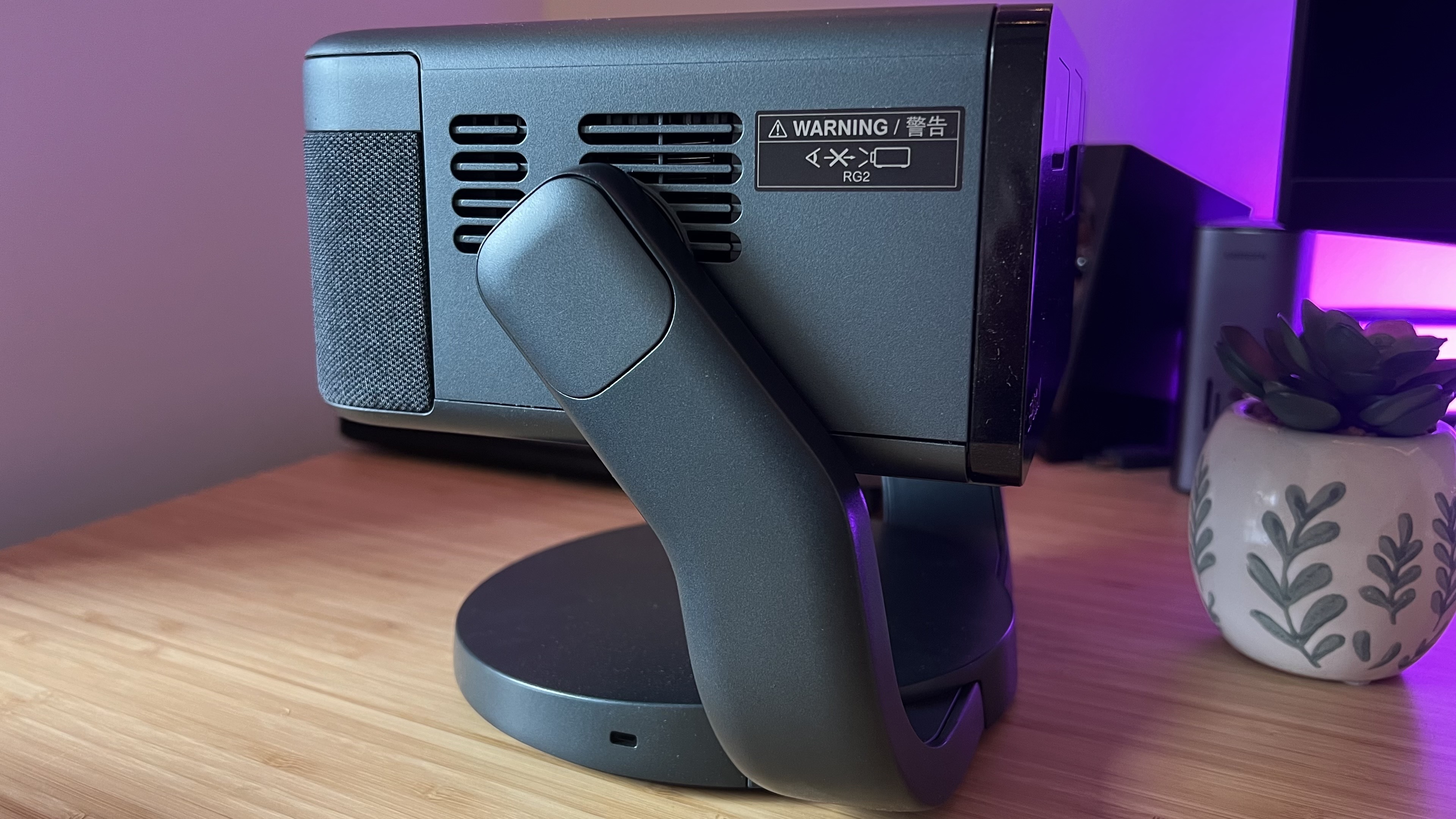
I ran the Epson EF-22 across Horizon Zero Dawn Remastered on PS5 and was pleased with the vibrancy and pop of its landscapes and machine designs. Everything felt snappy and response for a single-player romp, and I even managed to squeeze through some finer moments of Astro Bot, but the latency proved to be a little too slow for more competitive Apex Legends outings. Gaming isn’t the Epson EF-22’s main focus, but more casual play is still more than viable on this 1080p screen, especially if you want to prioritize the richness of your picture over speed.
Should you buy the Epson EF-22?
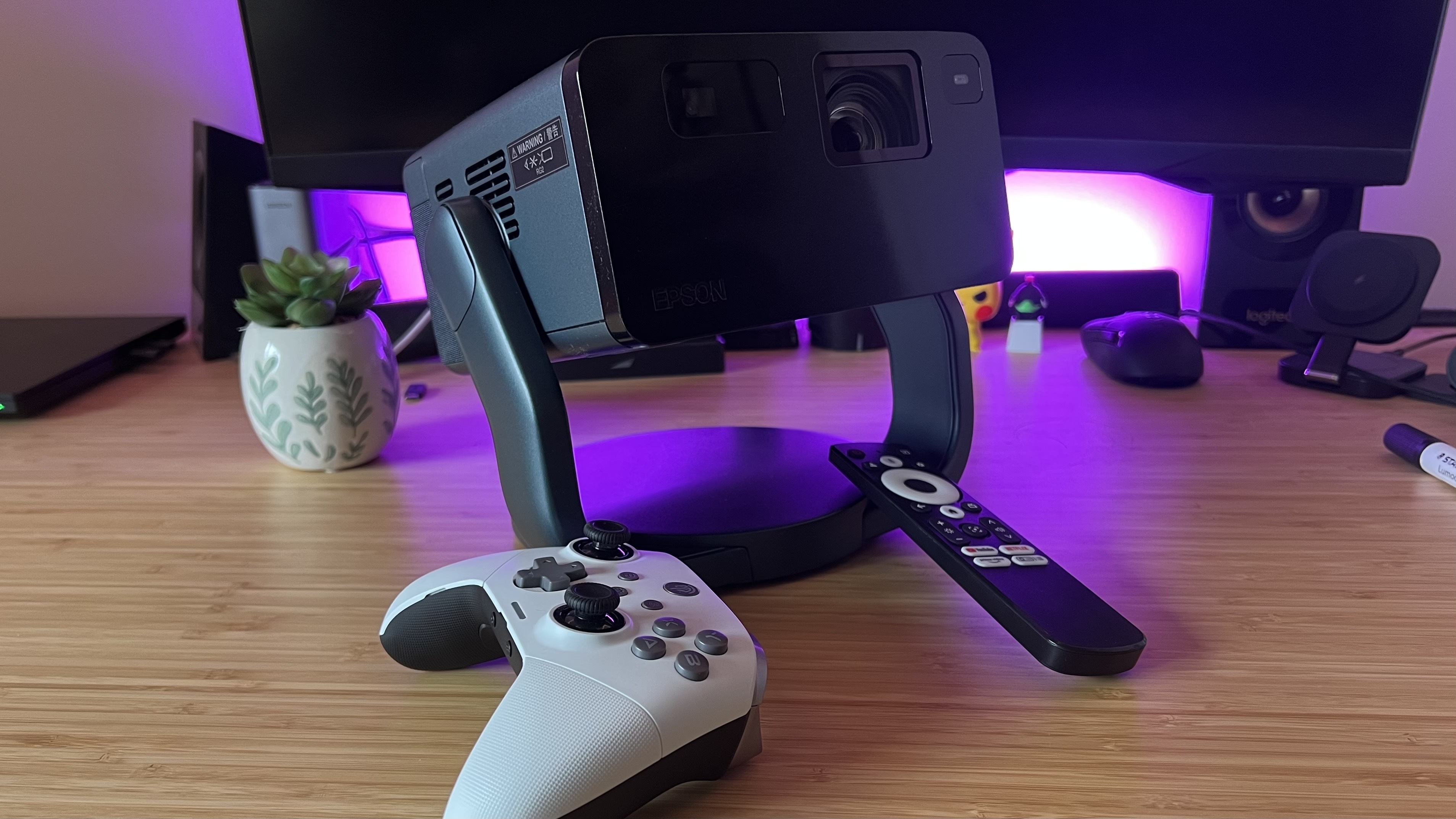
The Epson EF-22 is doing a lot of the same things as cheaper 1080p compact projectors – it just nails its versatility a lot better. The ingenious swivel and tilt design makes is much easier to set up and adjust than the competition, and the overall picture is a marked upgrade from more budget-minded alternatives. If you’re looking to splash out on a projector that needs to shift from room to room, but don’t want to go past the four-figure mark, this is a must-see device.
If you’re looking for a 4K thrower you only need to look a couple hundred dollars further up the price scale, though. While its design isn’t as refined and muted as the Epson EF-22, the BenQ X300G does provide a brighter system overall, with upscaled UHD resolution increasing your details and clarity. If you’re looking for a gaming projector specifically, the X300G’s lower latency and higher refresh rate (at 1080p) will be well worth the extra investment.
|
Versatility |
5/5 |
|
Ease of use |
5/5 |
|
Compatibility |
4/5 |
|
Build quality |
5/5 |
|
Picture quality |
4/5 |
|
Brightness |
4/5 |
How I tested the Epson EF-22
I used the Epson EF-22 for regular movie and TV nights over the course of two weeks, while also using it for all my PS5 gameplay and some of my PC gameplay during the same amount of time. I specifically tested using Netflix’s Glass Onion and Godzilla: Minus One in full HDR, and across Horizon Zero Dawn Remastered, Apex Legends, and Astro Bot on PS5. For more information on how we test projectors, check out the full GamesRadar+ Hardware Policy.
I’m also hunting down all the best outdoor projectors and the best portable projectors on the market, or take a look at the best projector for PS5 available.





